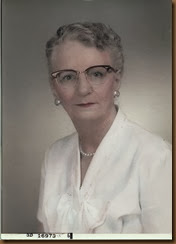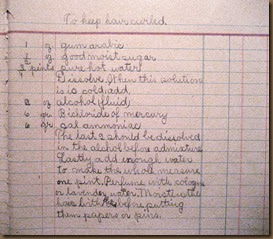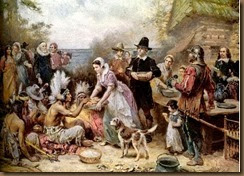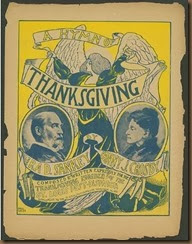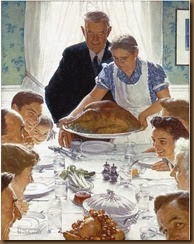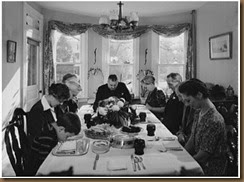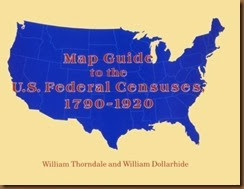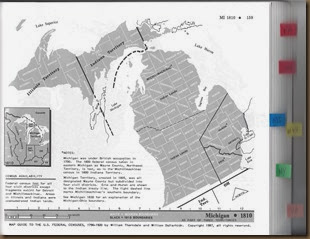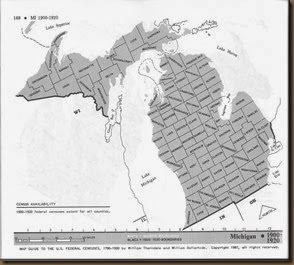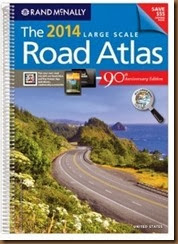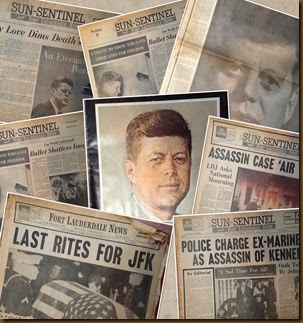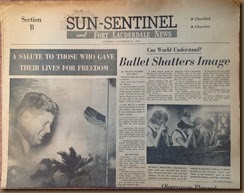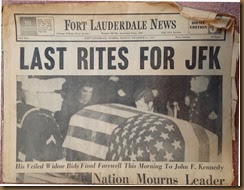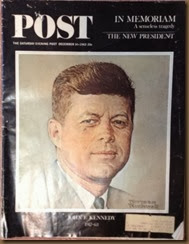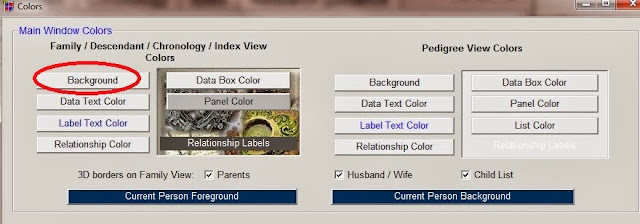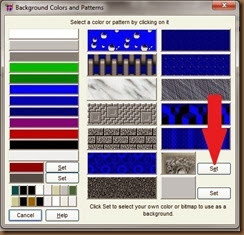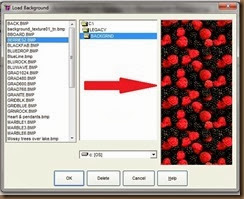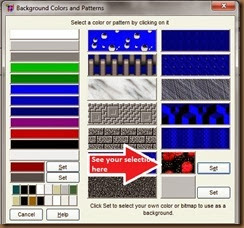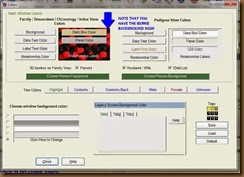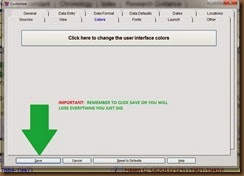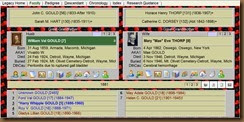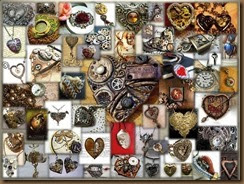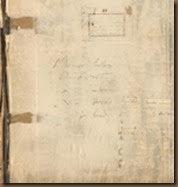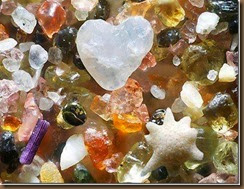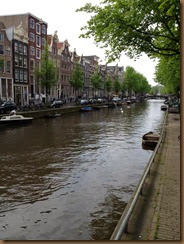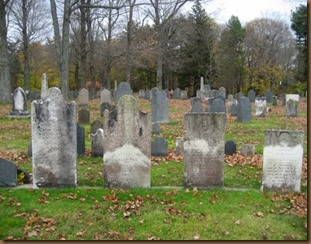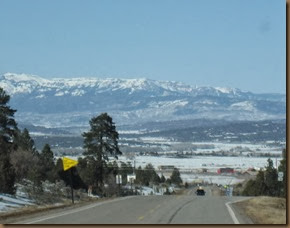 I’m excited about many of the new features that are included in the newest version, just released for Legacy Family Tree software.
I’ve been using this software for about 7 years and have never been disappointed. I’ve listed the purchase options below, along with all the NEW features in Version 8 and below that a list of the general features of Legacy. You can go to their website for further information http://www.legacyfamilytree.com/Index.asp
Here are your purchase options:
I’m excited about many of the new features that are included in the newest version, just released for Legacy Family Tree software.
I’ve been using this software for about 7 years and have never been disappointed. I’ve listed the purchase options below, along with all the NEW features in Version 8 and below that a list of the general features of Legacy. You can go to their website for further information http://www.legacyfamilytree.com/Index.asp
Here are your purchase options:
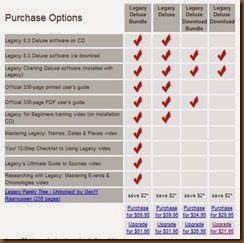 HERE ARE THE NEW FEATURES IN VERSION 8 OF LEGACY FAMILY TREE SOFTWARE - Remember, click on any image to see it in a larger view.
HERE ARE THE NEW FEATURES IN VERSION 8 OF LEGACY FAMILY TREE SOFTWARE - Remember, click on any image to see it in a larger view.


 NEW Origins Report
NEW Migration Report
NEW Migration Mapping
NEW Origins Report
NEW Migration Report
NEW Migration Mapping
See where you came from and the percentage of "blood" you have from your countries of origin with the new Origins Report.
See how far and wide a person's descendants spread out in the world with the new Migration Report.
Legacy animates the ancestor's movement through time. Watch how they migrated from place to place. View their migration in street, aerial, or 3D modes. Hover over the balloon to see what happened in each location.


 NEW Instant Duplicate Checking
NEW Potential Problem Alerts and Gaps
NEW Shared Events
NEW Instant Duplicate Checking
NEW Potential Problem Alerts and Gaps
NEW Shared Events
As you are adding new individuals to your tree, Legacy instantly checks to see if perhaps they are already in your family file, helping you avoid inadvertently adding duplicates.
Typos and accidental misinterpretation of data are now a thing of the past. The warning symbol is displayed immediately next to info that contains a potential problem. Unusual gaps of time are detected that you may have not previously noticed (like too many years between the births of the children).
Save time and avoid errors by sharing an event amongst all the individuals who participated in the event. You can specify each person's role in the event.


 NEW Family Bow Tie Chart
ENHANCED Descendant Chart
NEW Source Quality
NEW Family Bow Tie Chart
ENHANCED Descendant Chart
NEW Source Quality
Displays the ancestors of both the husband and wife, as well as their children.
Now available in left-to-right formatting.
Now record the quality (original vs derivative, primary vs secondary, etc., direct vs indirect) of each source as you attempt to prove your conclusions.
NEW Source Labels
ENHANCED Source Clipboard
NEW Pedigree Citations
Now print Source Labels to attach to the top of your documents. You will never again lose the citation when making a photocopy for someone else.
The Source Clipboard has been expanded to load up to five different citations that can be assigned at the click of a button.
Add source citations to your Pedigree Charts, and attach the complete bibliography.
ENHANCED FamilySearch Integration
ENHANCED Wall Charts
ENHANCED Chronology View
Share, discuss, download and interact with FamilySearch's Family Tree (optional).
Duplicate lines can now be suppressed, saving room for more photographs and captions.
Now view the parent's, grandparent's, children's, and grandchildren's vital events in your ancestor's timeline.
ENHANCED User Interface
ENHANCED Tagging
NEW Automatic Sorting
Enjoy Legacy's modernized look-and-feel, new color schemes, and new ribbon menu bar. Add two additional custom buttons on the new My Toolbar.
View up to 9 tags at once. Advanced Tagging now shows the counts of each tag.
Children, marriages, and events are now automatically chronologically sorted as they are added. New global sorting tools are also now available.
NEW Statistics
NEW Media Relinker
NEW Media Gatherer
Understand your family in new ways with dozens of new statistics: births by era, longest living individuals, average lifespan, longest marriages, families with the most children, most popular given names, most popular surnames, most popular locations and more.
It is easier than ever to locate missing or unlinked pictures. Moving from one computer to another is simpler to do.
Got pictures all over your computer? The new Media Gatherer will help you copy or move your genealogy pictures to one common folder, making it easier to share your family file with another computer or family member.
NEW Web Links
ENHANCED Color Coding
NEW Brochure
Found evidence of your ancestor online? Easily add a web link to their media gallery to organize a list of their online presence.
You can now color code from two starting points (one for you and one for your spouse, for example) and track the eight great-grandparents' lines.
General Capacities
- Individuals and Families File size to 2 billion characters (2 gigabyte).
- Children per Marriage 60
- Events per Individual Unlimited
- Spouses per Individual Unlimited
- Parents per Individual Unlimited
- Sources per Event Unlimited
- Pictures per Individual Unlimited
- Number of Entries in History List 160
- Address Lines per Individual 5
- Phone Numbers per Individual 2
- Generations per Pedigree Chart Unlimited
- Generations per Descendancy Chart Unlimited
Save As...
- Any Family File can be saved under a new name, thus making a copy of the current file.
Backup / Restore
- Compressed, Zip compatible backup files can be made that span diskettes.
Maintenance
- The maintenance utility will check the database and will also perform file maintenance items such as repairing common database problems, removing unused names, locations and event names. It also check the validity of all family links and compresses out old unused, deleted records.
Importing
- Legacy imports both Personal Ancestral File® information as well as GEDCOM files.
Copyright © 2013 Diane Gould Hall









